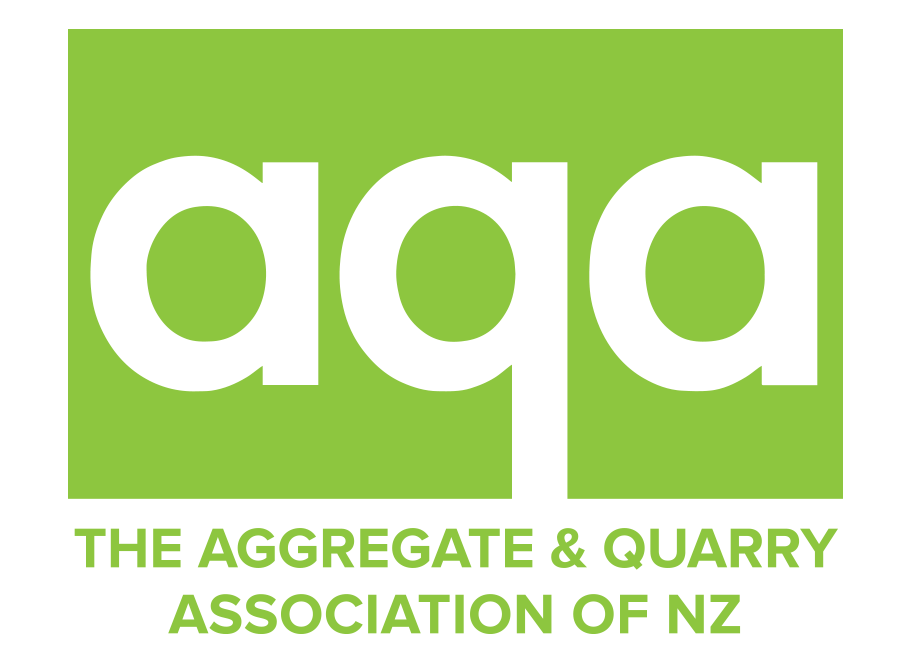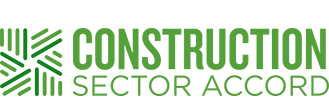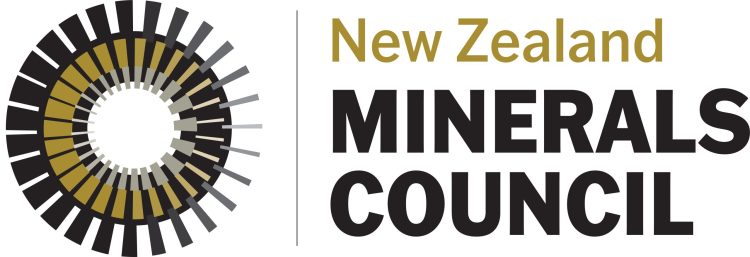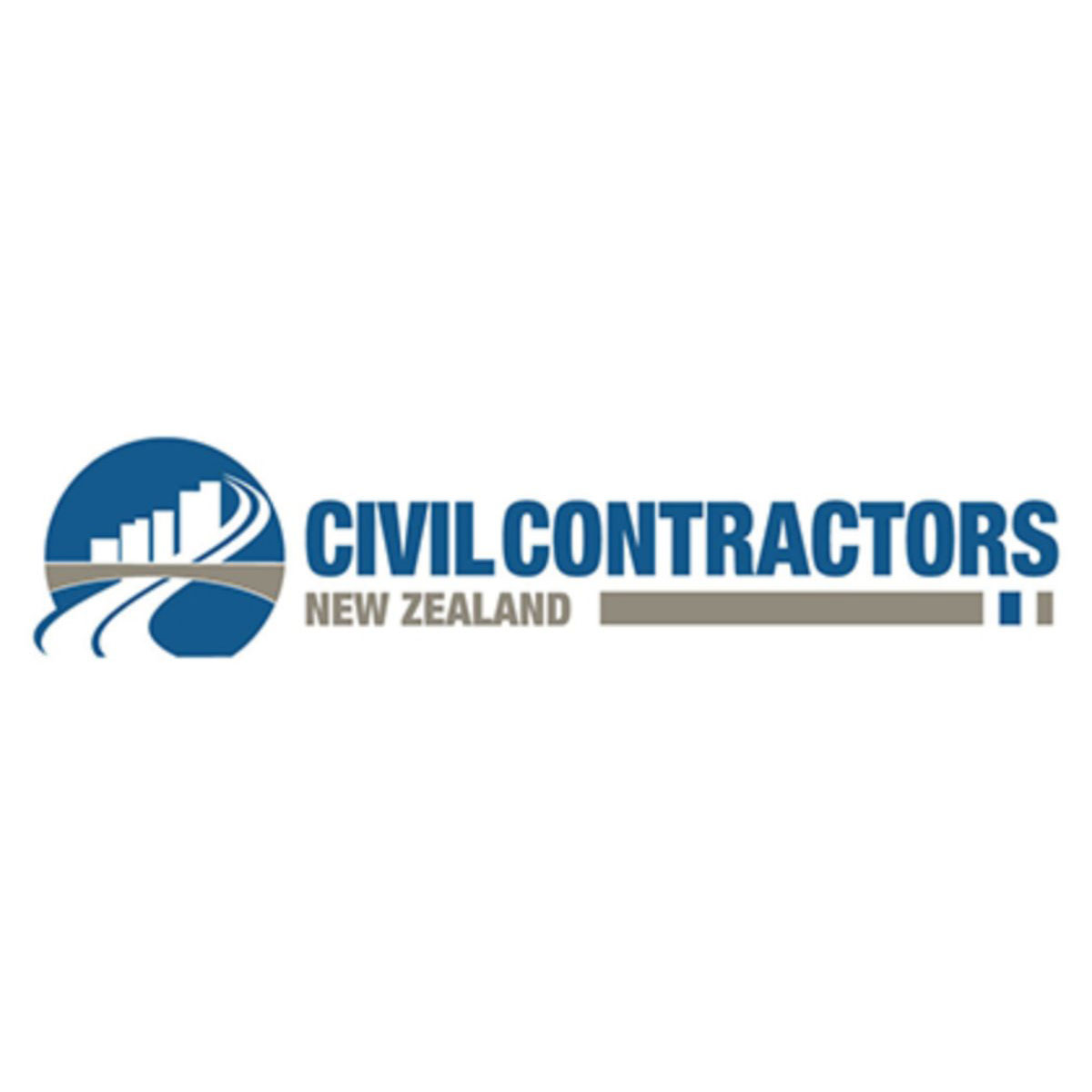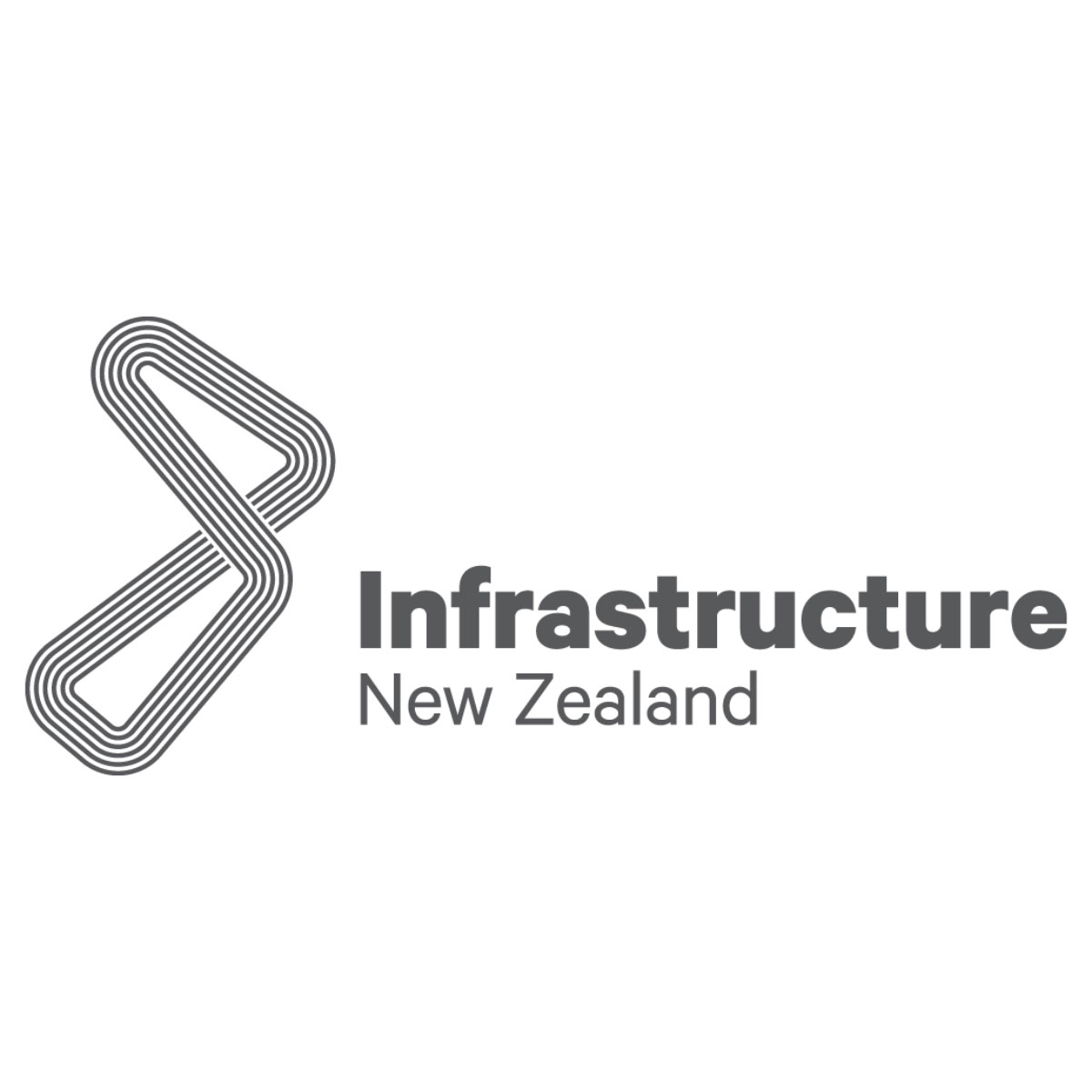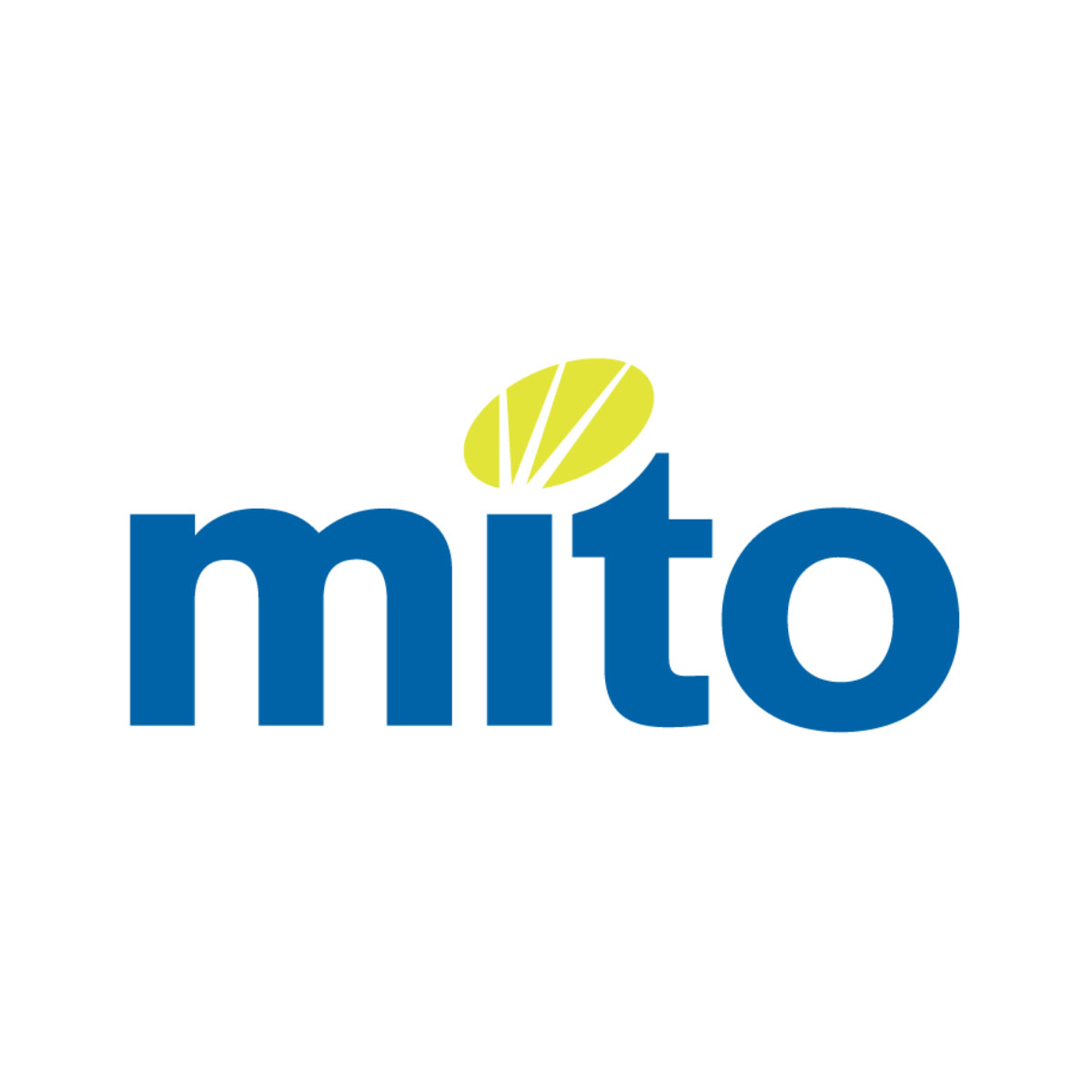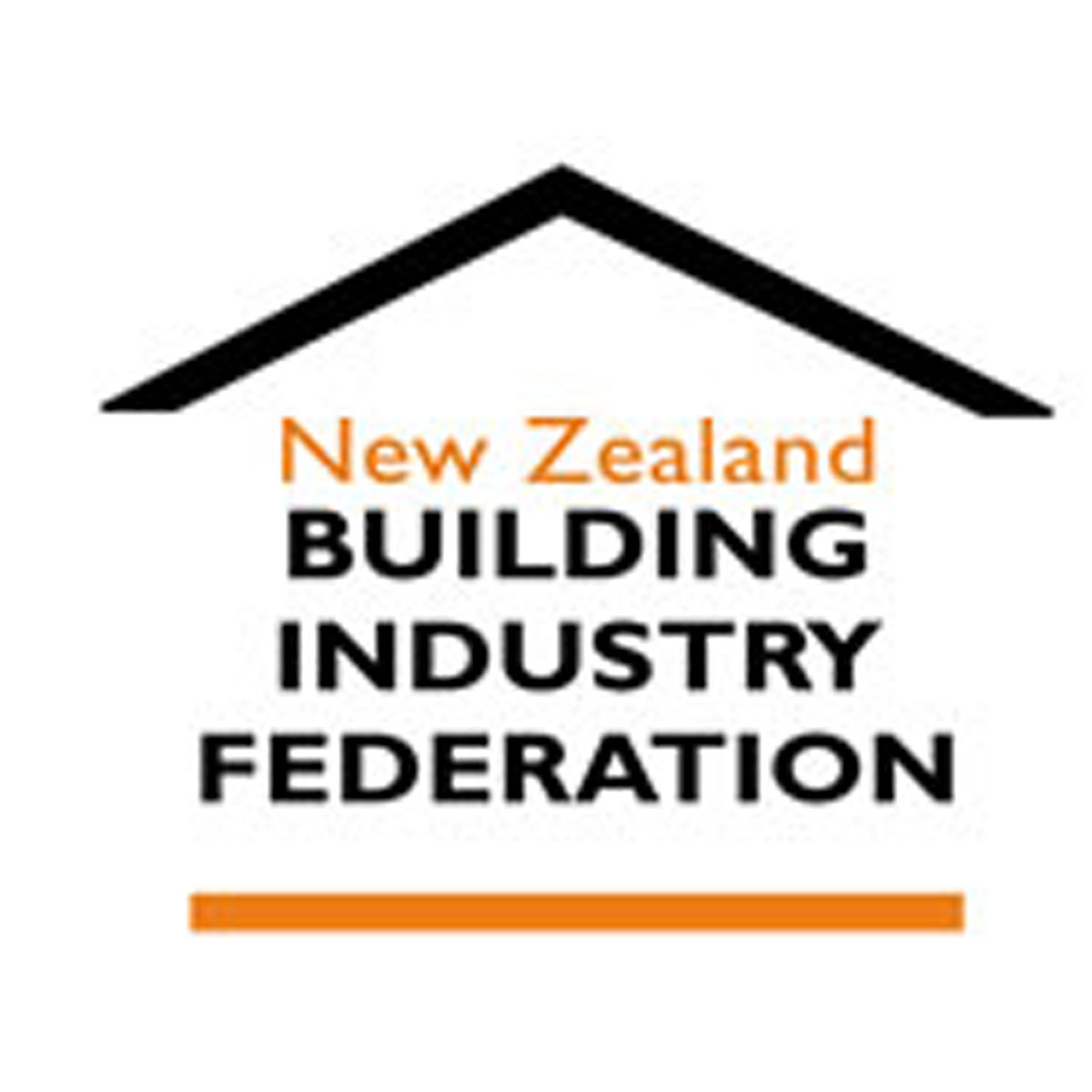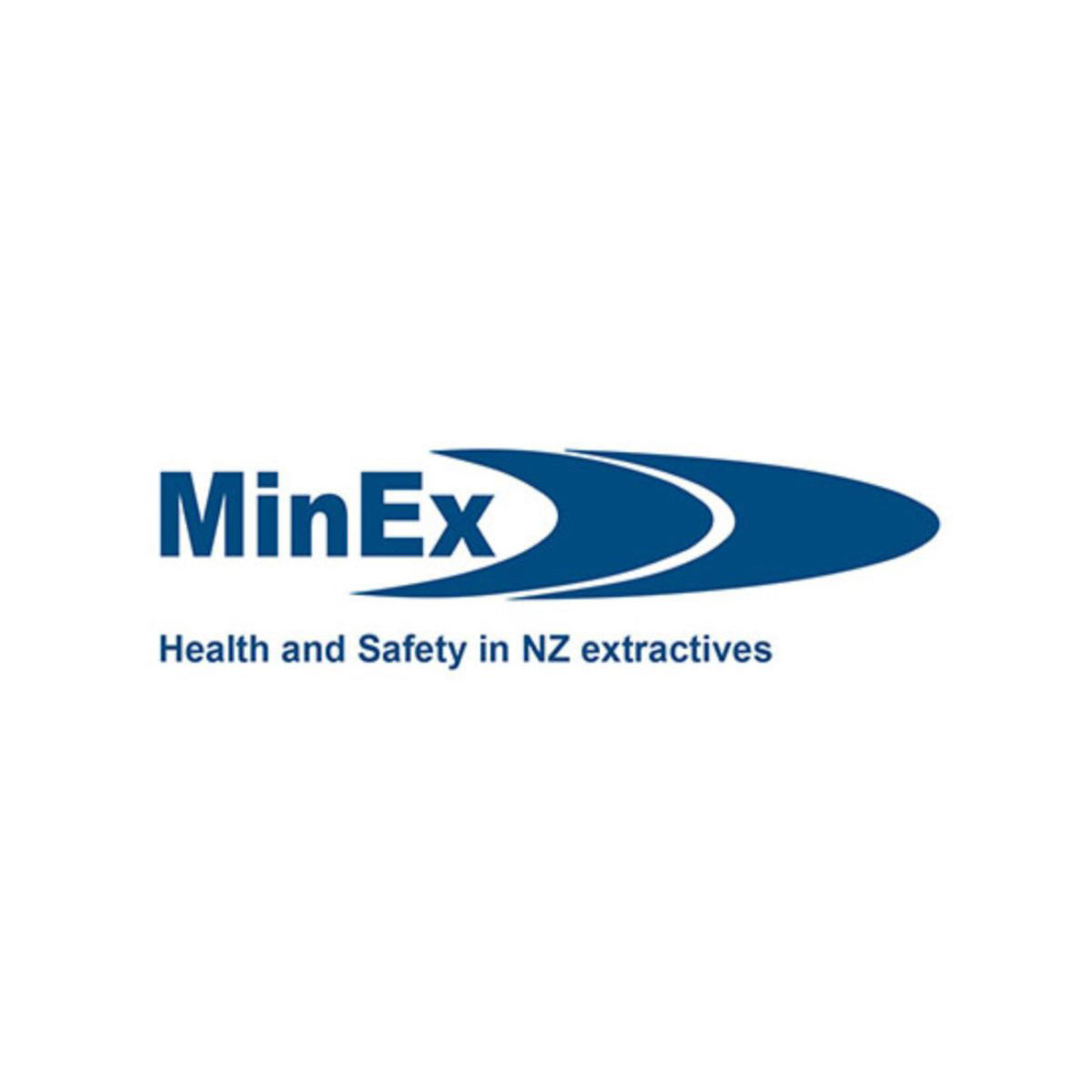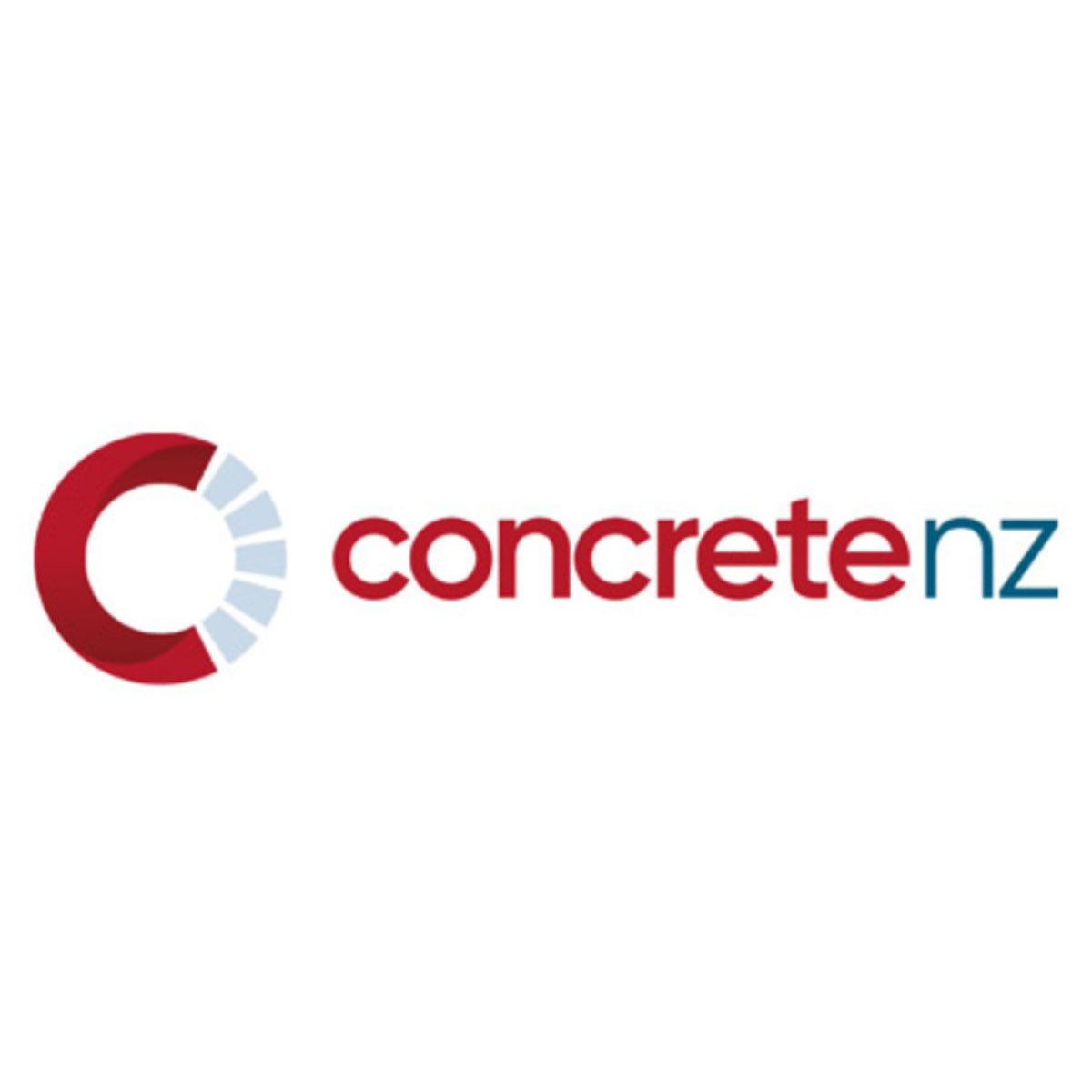AGGREGATE & QUARRY ASSOCIATION
Health Safety
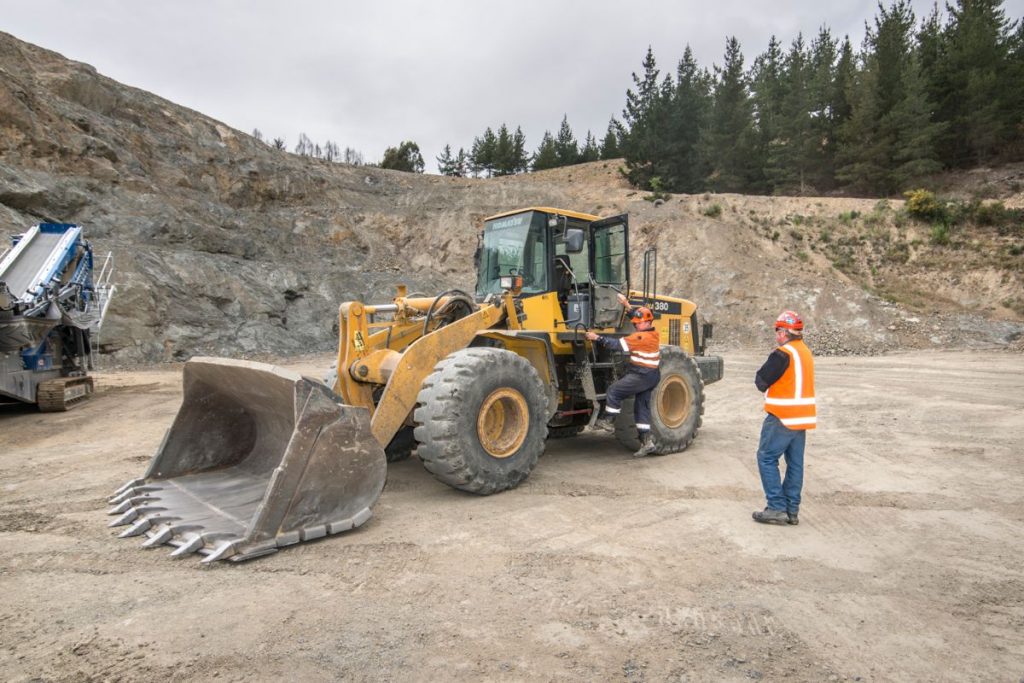
MINEX
MinEx is the national Health and Safety Council for the New Zealand mining, quarrying and tunnelling industry. It coordinates and corrals industry views and feedback into submissions on legislation, regulations, codes, training, qualifications, guidance documents and other policy and technical issues important to safety in our sector. It develops tools such as the small mines and quarries health and safety system toolkit to assist small operators improve their health and safety performance. MinEx also provides free advice to quarry and mine companies on health and safety improvement, legislation, codes and guidelines.
For more information on:
- Documents and guidelines
- Health and Safety at Work Act
- WorkSafe codes & guidelines
- Certificates of competency / CPD
- Qualifications/training providers/training opportunities
MinEx offers a series of resources to keep workers healthy and safe, including:
- Toolbox talks
- Respirable Crystalline Silica information
- Health and safety booklets
- Information sheets
- Code of practice & templates
Please visit the MinEx website for valuable resources on sustainable mining practices and innovative solutions.
Sign up to MinEx safety alerts and newsletters to stay updated on the latest health and safety information.
If you have any queries relating to these topics, please visit the MinEx website.
ARE YOU A QUARRY?
There are smaller operations at the margins of quarrying. While there are around 1100 registered quarries, it is estimated there are as many or more quarrying operations which are not registered. These can pose particular health and safety risks. MinEx has put together a self-test assessment on whether you are operating a quarry; if you are, it requires a Code of Compliance.
There are many instances across New Zealand where companies are engaged in activities that fall under the definition of Quarry Operations as defined in the 16 December 2013 amendment to the Act. Those operations that fall under these regulations are subject to a number of codes, guidelines and regulations that companies need to be aware of and to follow.
HOW TO BECOME A QUARRY OPERATOR
Operating Quarries have many obligations under the Health and Safety at Work Act 2015. There are many benefits to working in the quarry industry, to get more of a feel for what it is like, visit NZ Careers.
SAFETY ON SITE
HEALTH & SAFETY GUIDELINES
- Workplace exposure standards and biological exposure indices 2020 – WorkSafe guidelines intended to be used as guidelines for people qualified in occupational health practice.
- Review December 2019 of all fatal accidents in Queensland mines and quarries from 2000 to 2019 – Dr Sean Brady.
- The potential for worker exposure to crystalline silica is widespread within mining and quarrying. Very fine Respirable crystalline silica (RCS) is particularly harmful to workers. It can be generated during drilling, blasting, crushing, cutting and transporting. The attached document is helpful information prepared by Dr Mary Obele, Occupational and Environmental Physician, and a GP. You can also find this and other guidelines on the MinEx website.
- The Good Practice Guidelines provide the first health and safety document specifically for the quarrying and surface mining sector. The Good Practice Guidelines were developed by WorkSafe and reviewed by an industry team, including representatives from all sectors of the mining and quarrying industry with a mix of small and large operations to ensure the best technical and operational knowledge input into the guidelines. It provides guidance through text, photos and graphics on all aspects of operating safely.
- There is a Pocket Guide alternative to the full 262 page Guidelines. You can request copies from WorkSafe Copies of the Good Practice Guide and Pocketbooks available on request from WorkSafe – 0800 030 040 or info@worksafe.govt.nz.
MORE LIKE THIS
ABOUT QUARRYING IN NEW ZEALAND
USING AGGREGATE
Aggregates are the most consumed bulk product in the world after water. New Zealand uses 9-10 tonnes of aggregate every year for each adult and child.
BUILDING NZ
To build an average house, you need about 250 tonnes of aggregate - for use in concrete, asphalt, mortar and building products.
OUR COMMUNITY
The quarry industry is committed to working alongside local communities and follows stringent planning, environmental and operating conditions.
AFFILIATED ORGANISATIONS

